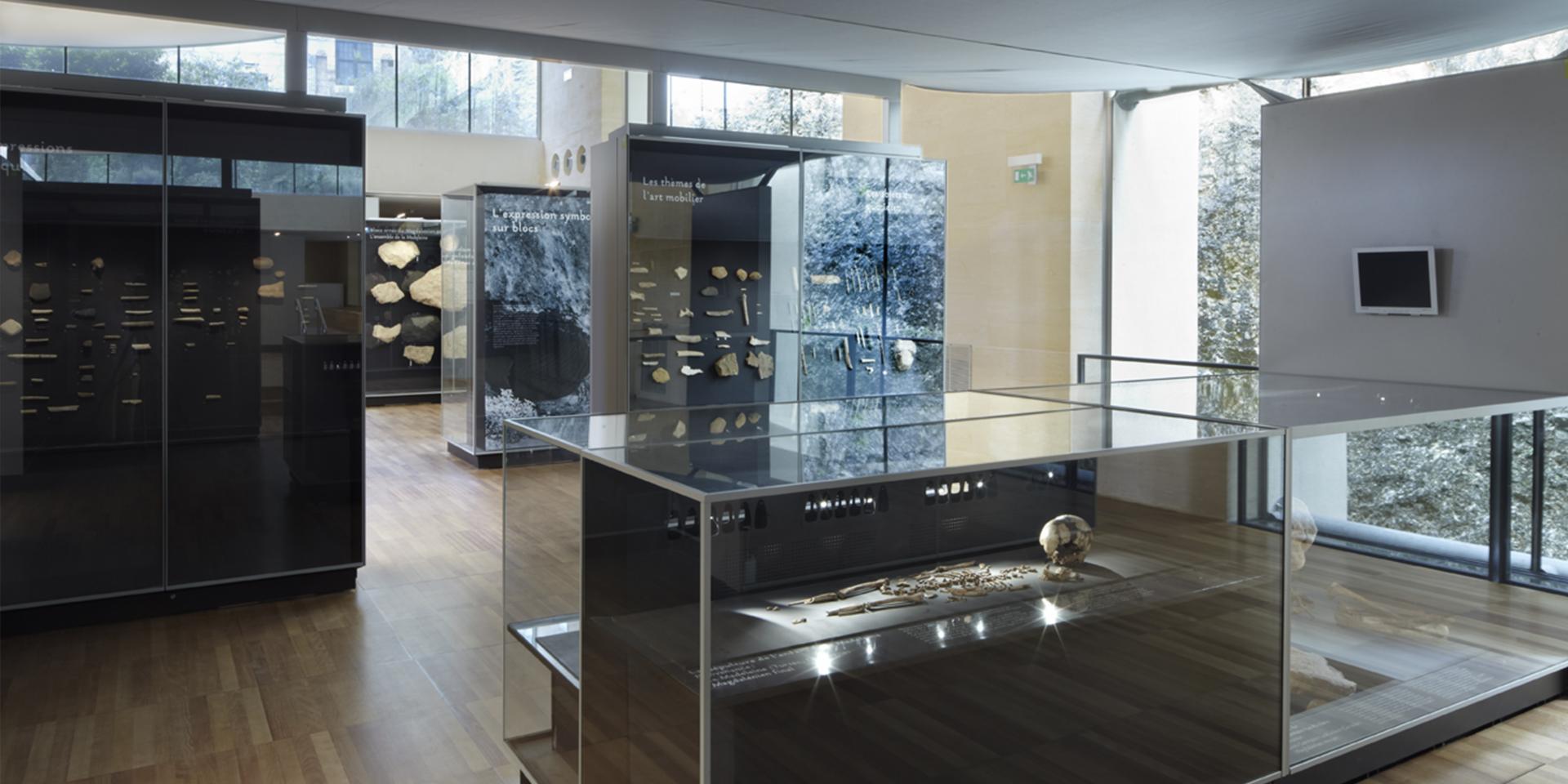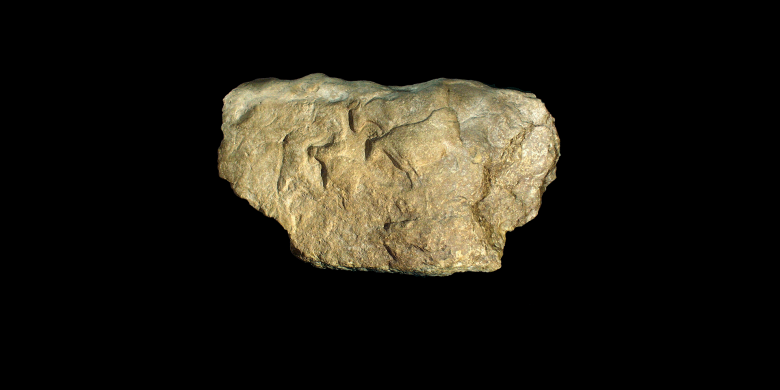The National Museum of Prehistory is a place of memory for the history of Prehistory, a place of conservation of archaeological material, a center of study and a place of dissemination of constantly evolving knowledge. Since its creation at the beginning of the 20th century, the National Museum of Prehistory has been a place of reference for prehistorians as well as for visitors from around the world. It is thanks to Denis Peyrony that it was created in 1913, in the old castle of the 16th century. After a first extension at the end of the 1960s (Froideveaux buildings), the current museum, designed by the Parisian architect Jean-Pierre Buffi, was inaugurated in 2004.
First floor: the African origins of Humanity
Lower gallery (1st floor): major cultural and environmental changes contemporary with Neanderthal and Homo sapiens (or Cro-Magnon), succession of cultures perceptible through tools, evocation of cold and temperate faunas... Children's play area (Le Camp des Petits Sapiens)
Upper gallery (2nd floor): ways of life and symbolic expressions: collecting, hunting, fishing, transformation of raw materials, habitat, burials, adornment, furniture and cave art...
Outside terrace: access to the large shelter-under-rock with the medieval installations and the castle, to the point of view on the Valley of Vézère, to the famous statue of the primitive man sculpted by Paul Dardé (1931).


